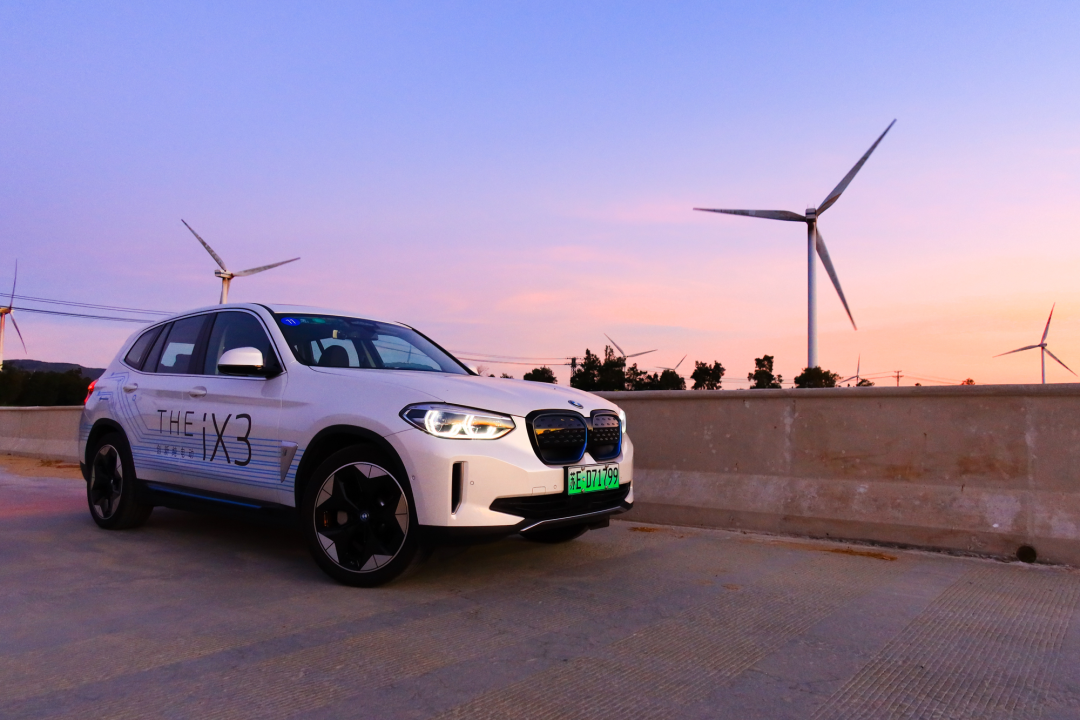*This article is reproduced from the autocarweekly WeChat account
Author: HooKnows
There are two well-known classic ghost stories in the automotive industry today: gasoline cars cannot be intelligent, and electric cars are equal to digital.
Actually, it’s easy to figure out with a little bit of brainpower. Electronic integration for gasoline cars has been implemented for at least ten years. Except for the stick (driveshaft) that turns the wheel, all other components including power steering, brake assist, throttle signal, and nearly everything else is already powered by electricity. So, what makes electric power from the grid intelligent while electric power from gasoline is considered “inferior power”?
The second statement is similarly flawed. No one has ever ruled that when an internal combustion engine is replaced by an electric motor, the car must inevitably become a fancy and flamboyant intelligent terminal supported by a PPT shield, an open mouth intelligent terminal, and a closed mouth cloud connection. After a few months of use, you will find that “smart”, “next-generation”, and “terminal” that you have been longing for are nowhere to be found, and your car is still operating and being used like it used to be.
I have been driving my Model 3 for over half a year now. When I switched to a low-end version of Honda Fit (without even a touch screen), the only “smart” function I missed was the ability to remotely turn on the air conditioning using my phone app.
As investment capital speculates to the sky in the automotive industry, driven by “growth-value” balance, car manufacturers talk about various technologies such as Lidar and Silicon Carbide to the point that even the average person on the street knows about it. At this point, the industry is too anxious and lacks even a slight sense of simplicity and steadfastness. Let me tell you a joke: once I wrote about the pros and cons of automotive suspension, and the most popular comment below was “why bother with such complexity, just buy an electric car”- you see, electric cars don’t even need wheels. They can just grow legs.
Mistakes and lies are often straightforward and easy to understand. They can be condensed into a simple conclusion that can easily stimulate the synapses of the human brain and be spread far and wide regardless of gender or age. However, the real world is neither straightforward nor simple. Even when we try to simplify it, it still presents a complex picture. Who has the energy to think about it? Of course, it is easier to recite something easy to remember.
Therefore, when an L3-level autonomous vehicle (which many car manufacturers are no longer interested in) is postponed from 2019 to 2020, then to 2021 and to 2022, and now no one knows when it will be launched, I still have countless friends who firmly believe that the era of intelligent electric cars is just around the corner, and everything related to driving instead of intelligence should be thrown into the historical garbage dump.
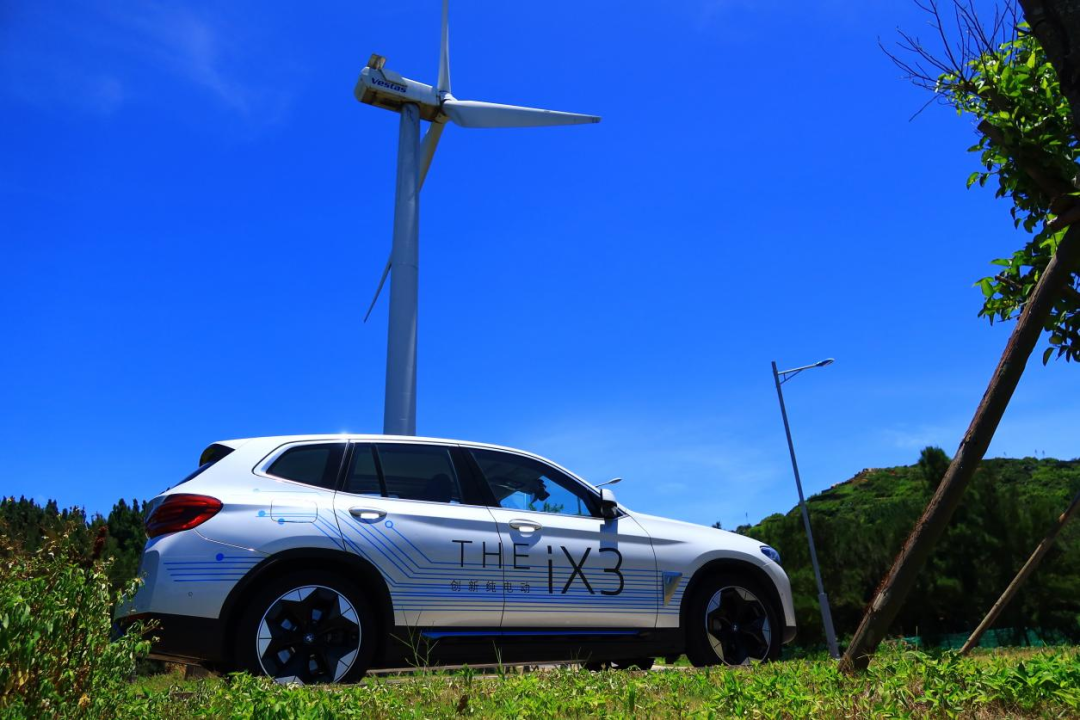
Now, let’s talk about this somewhat naive-looking BMW iX3 in the context of its time.
BMW’s CLAR Platform and its Electrification
BMW is an experienced player in pure electric vehicles, with the i3 being introduced in 2014 and still in use today. However, many criticisms are aimed at BMW’s electric vehicles for being lackluster. While this may be partially true, it ignores the fact that the i3 and i8 were bold experiments with pioneering features.
The creation of the i3 revealed that carbon fiber reinforced plastic (CFRP) composite materials are not yet ready to combat the weight of batteries in the electric era. From million-dollar Lotus supercars to the Tesla Model 3, everyone acknowledges that electric vehicles are heavy. Therefore, BMW must consider more cost-effective options. The CFRP “Life” module of the i3 is similar to the Audi A2 and ASF all-aluminum frame of the electric age, both ahead of their time and outdated because of it.
There is no doubt that BMW has been ready for comprehensive electrification in the seven years following the i3. Since 2015, the CLAR platform has become the most critical infrastructure for BMW over the next ten years. Even if BMW’s strategy was the most conservative at the time, it should have taken into account the need for pure electric power and made more targeted design optimizations, as is evident in reality.
Therefore, we won’t need to see the “awkward” “multiple power solutions. “Emphasis is given to 40 degrees of electricity, providing a cruising range of 200 kilometers.”
With a 74 kWh battery, the iX3’s claimed range is 500 kilometers. Tesla’s Model Y Standard Edition has a range of 525 kilometers, while NIO’s ES6 is fitted with a 70 kWh battery and has a range of 430 kilometers (but it is a dual-motor vehicle). BMW’s average official energy consumption figure is 16.7 kWh/100 km, so the official estimated range is about 440 km.
In reality, after driving the vehicle on a road trip with conditions including nearly continuous use of high-air-conditioning in 37-degree heat alongside testing media’s careless acceleration and inefficient driving manners, iX3’s fuel consumption averaged 19 kWh/100 km and the battery range was approximately 380 km.The number is not far from “16.7 kWh/100 km”. If driving personally and paying a little attention to energy consumption without affecting the experience, it is not difficult for iX3 to achieve a real range of at least 400+ km. Since the standard version of Model 3, which is claimed to have a range of 450± km and a real range of 350+ km, has been accepted by more than 10,000 new users per month (such as myself), the most concerning range problem is not a weakness of iX3.
If the basic ability of Tesla Autopilot can be regarded as the current “intelligent” threshold, then some traditional car manufacturers including BMW have already crossed it. The progress of advanced driver assistance systems (ADAS) is so rapid that some brands now have much better actual performance than public perception, and BMW is one of them.
iX3 comes standard with BMW’s ADAS Pro, which has advanced driving assistance functions such as active cruise control with speed limit recognition, automatic following in low-speed congestion (hands-free driving allowed with official permission), and lane change assistance (automatically change lanes when the turn signal is used), as well as including automatic parking. The ACC activation method of BMW is in the steering wheel button area, which may seem a bit old-fashioned to some, but the final effect is highly comparable to the well-known enhanced version of Tesla Autopilot (optional for over $30,000 but not the over $60,000 “fully automatic” version).
BMW hasn’t been emphasizing “Sheer Driving Pleasure” for a while, but iX3 is surprising in terms of driving experience. You would never think that iX3, which is at the forefront of returning to the pure electric market, has a more “oil-like” feel than BMW’s electronic assisted power-steering style slowly moving towards lightness and flatness.
iX3’s driving mode is undeniably BMW-style, with three buttons on the left side of the gear lever for switching between sport, comfort, and eco modes. In addition to the standard comfort mode, the other two can also be individually customized for steering and power settings. You can use more conservative power output in sport mode, or balance sporty steering feel in eco mode.In standard or comfort mode, the iX3 is steady, easy-going and meets all the expectations of a “luxury electric SUV that accelerates from 0 to 100 km/h in 6.8 seconds”. The surprise comes from the steering system when switching to Sport mode. The torque increasing with the angle gain, the steering wheel feels very responsive and handy, especially considering the car’s positioning.
Within the small angular range of the steering wheel, the damping is light and sensitive, allowing for minor corrections while driving. But as the angle increases, the return torque also increases, making the steering wheel more robust and assertive when turning corners.
I really appreciate the responsive, yet not too aggressive, steering characteristic when making low-speed, high-angle turns (e.g. U-turns). This kind of communication hasn’t been seen on German cars for some time. If you are driving this car, please keep the steering wheel in Sport mode.
As a member of the “big trend,” the iX3 has four types of regenerative braking strength, including three normal gears and an adaptive mode which can be chosen in the iDrive system. In addition, the car also features a B gear (Brake), a one-pedal mode supported by strong energy recovered from braking.
The logic of this layout is simple: you can preset a “normal” regenerative braking strength (one of the three gears or the adaptive mode), and then switch directly to or from strong regenerative braking (B gear) while driving, without having to click on the screen.
From the pricing and configuration list, it is evident that the iX3 is not a “over-engineered” luxury car. Compared with similar products from the other two BBA brands, the iX3 is more affordable and practical. It lacks expensive dual-motor all-wheel drive, air suspension, and adjustable shock absorbers, but still delivers a balanced and comfortable ride that also satisfies handling. The efficiency of this “BMW way of doing more with less” has been proven since the days of a 3.0L naturally aspirated engine outperforming its competitors’ 3.5L V6.
Note the complexity of the all-metal roof in the pictures.Different from many electric vehicles that even use pure electric platforms, BMW designed a steel-aluminum hybrid battery pack with a closed cover for the iX3 (instead of a composite cover). This battery pack shell allowed the iX3 to increase the body rigidity by up to twice as much as the fuel-powered X3. The torsional stiffness of the iX3 reached an amazing 52,500 N·m/deg (third-party data), even surpassing top players such as the Audi e-tron and the NIO ES6. It should be noted that the body material of the latter two is much more expensive than that of the BMW, and the final price also has a certain distance from the iX3.
The terrifying stiffness directly displayed the excellent NVH performance–even though the iX3 is not a high-end electric vehicle and will not deliberately control using more high-cost methods. Many electric vehicles will highlight tire and wind noise when the engine noise disappears at high speeds.
The AC environment inside the iX3 basically does not become disturbed due to high speed. Even under the speed limit of 120 km/h, you still do not need to use music to drown out noise. The high-frequency electric current sound of the motor will only appear under one condition: the active sound wave simulation automatically turned on in sports mode.
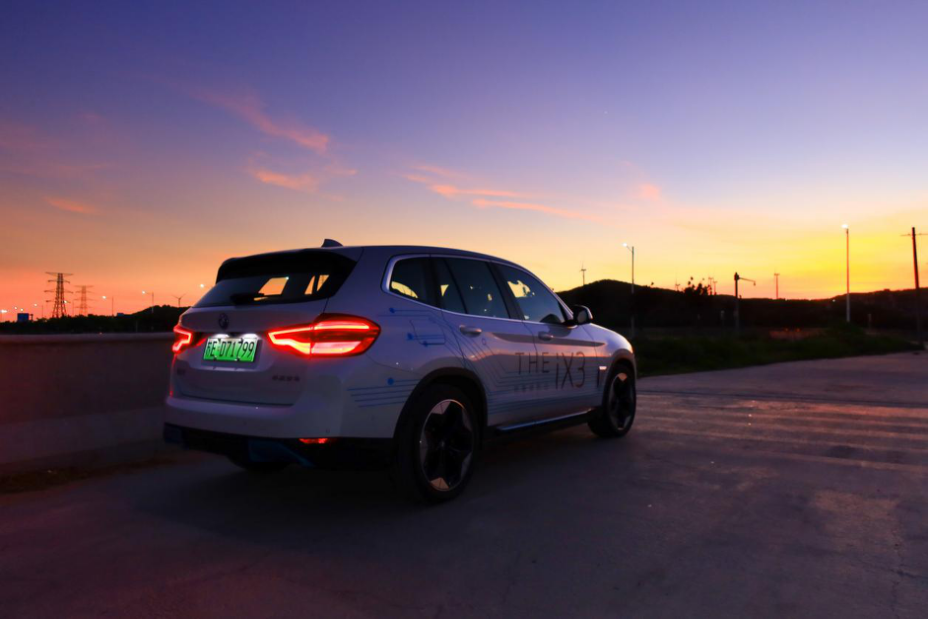
In fact, there is not much to say about the appearance and interior decoration. The iX3 reproduces the fuel X3 from all angles except for the blue decoration of the BMW i-series. The only high-profile thing is the sharp 20-inch aerodynamic wheels of the top configuration version. The interior is decorated with a countable number of blue elements: start button, steering wheel logo, shifter trim, and inconspicuous light blue leather stitching.
If you just want or need a pure electric vehicle but don’t want to attract the attention of outsiders, whether it’s praise or suspicion, then the iX3 is the perfect style.
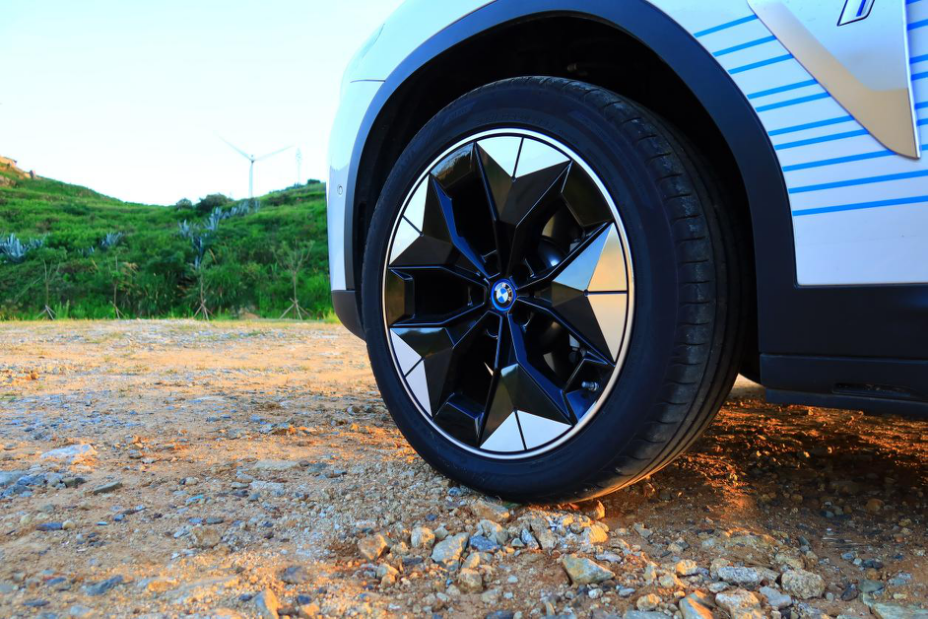
Compared with newcomers like Tesla and NIO, the iX3 does not squeeze the performance of electric vehicles to the extreme but retains the driving characteristics that even BMW has or hasn’t had occasionally; It does not have an exaggerated full-touch giant screen, but it has almost half the level of the Autopilot’s automatic assistance ability.
Compared with similarly configured opponents of BBA, it uses more realistic configurations and BMW’s more efficient practices to provide a truly marketable price; It does not attempt to overwhelm the new forces by stacking configurations. Instead, it focuses on the basics of making an electric vehicle to avoid sacrificing user experience for pure electricity (such as the fully lowered rear window; the fast-charging port located on the rear of the car; the lower central protrusion of the rear floor compared to the fuel version, which EQC and e-tron owners should understand).
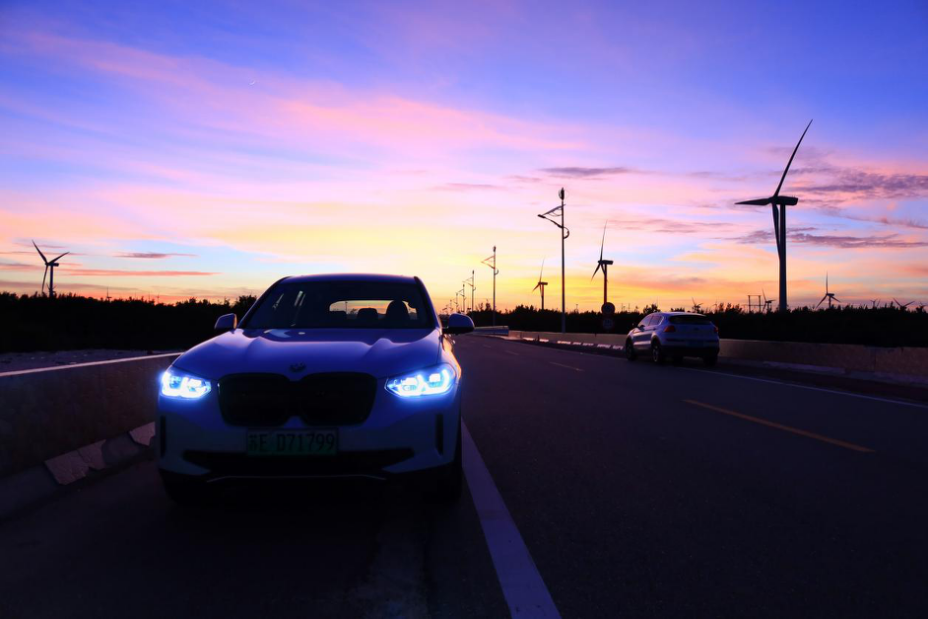
The iX3 has become such a car: it does not sacrifice range, but significantly reduces the brand’s risk costs for entering pure electric vehicles; it does not pursue extreme performance, but has more long-lost communication feelings; it does not stack its configurations to a higher place, and therefore has more realistic market value; it maintains BMW’s existing interactive system, but its intelligent connectivity capabilities are all there.
If you need a traditional luxury brand electric vehicle, iX3 may not be the best, but it is definitely the most meaningful one to buy. If you just need a quality electric car and don’t care about the brand, iX3 provides you with an option that is completely different from the impetuous atmosphere in the industry: simple, straightforward, honest, yet it actually has everything you need.
Can iX3 be called a value-for-money electric car? I don’t know. But it has something that is increasingly rare in today’s car market: honesty. It doesn’t have the best conditions, but it can score points for what it can do. “I am just a simple electric car, nothing more,” it says, “nothing more”.
This article is a translation by ChatGPT of a Chinese report from 42HOW. If you have any questions about it, please email bd@42how.com.
